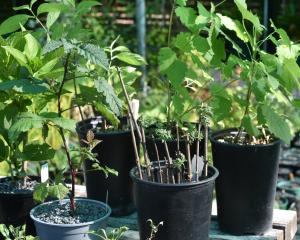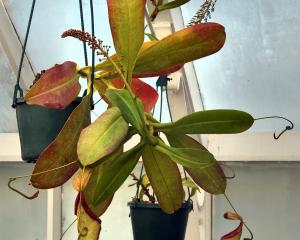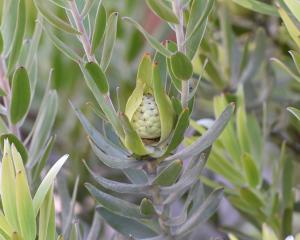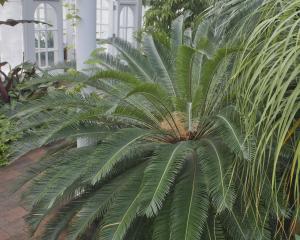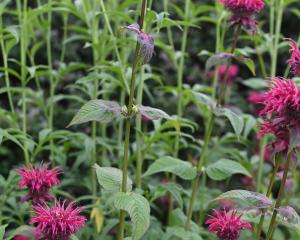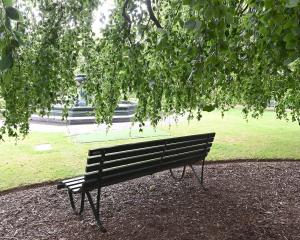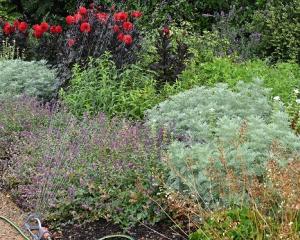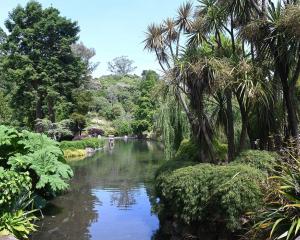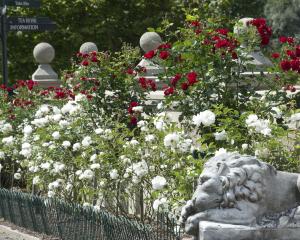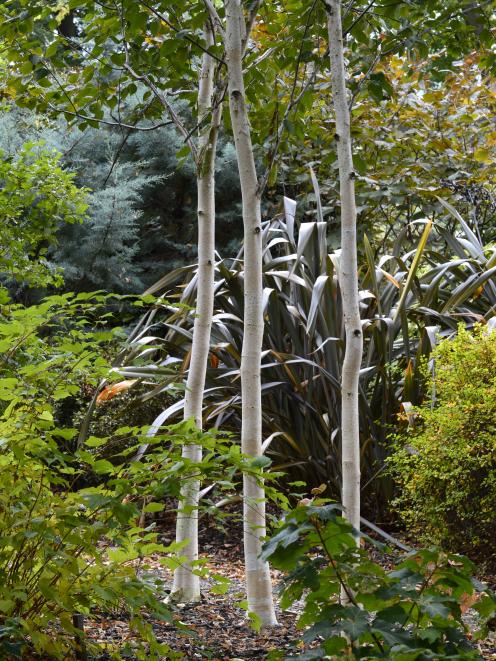
When the sun shines on it, it glows with reflected light to appear even whiter than white. On a dull day, it looks pretty good, too.
Betula utilis var. jacquemontii has the whitest bark of all the birches, regularly losing its layers of bark in papery sheets.
Whether planted as a single specimen, in lines, in avenues or en masse, the Himalayan silver birch guarantees visual drama in any garden. The silver trunks can be highlighted by planting against a backdrop of dark evergreens or contrasting foliage.
A good example of this is in the lower botanic garden theme borders next to Great King St. At the beginning of the autumn-display theme border, three Himalayan birches stand tall and straight, their trunks like snow-white sentries in a row. Their backdrop is the coloured-foliage theme border with its drifts of purple, red, blue-green, silver and multicoloured plants.
The Himalayan birch has a pyramidal crown with finely serrated leaves and thin twigs hanging in a semi-weeping habit. It grows well in cooler climates and is easy to establish in most soils. To do well, it likes plenty of moisture. It usually lives for 40-50 years but has been known to survive for up to 200.
Because it is so popular, it is grown in many different locations in the Dunedin Botanic Garden.
Garden Life is produced by Dunedin Botanic Garden. For further information, contact Marianne Groothuis.




